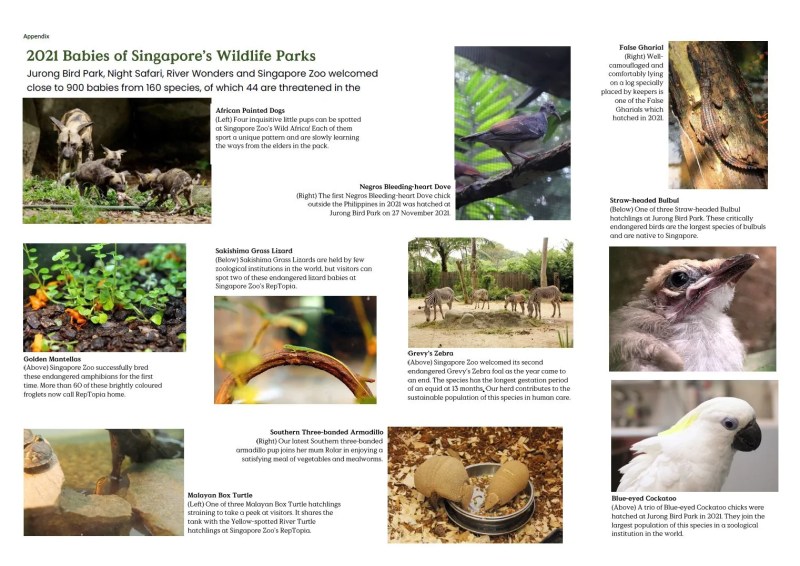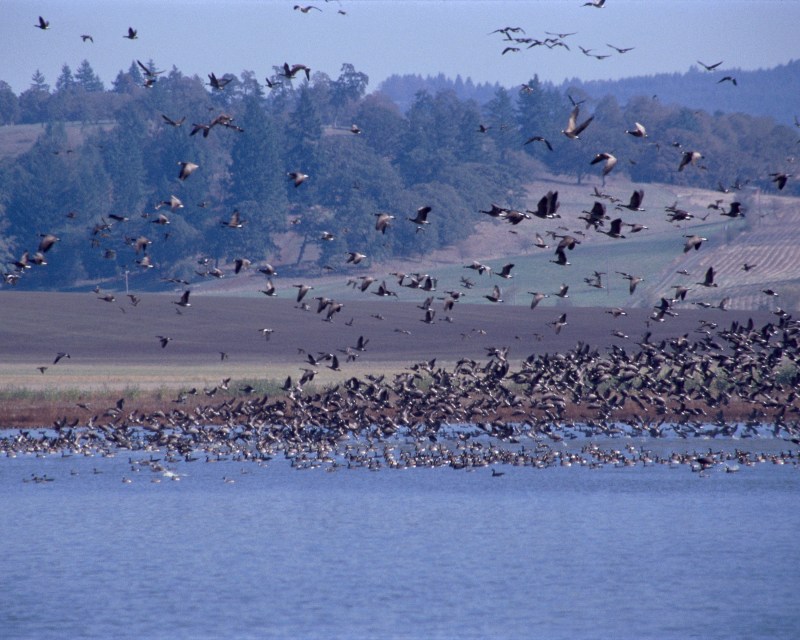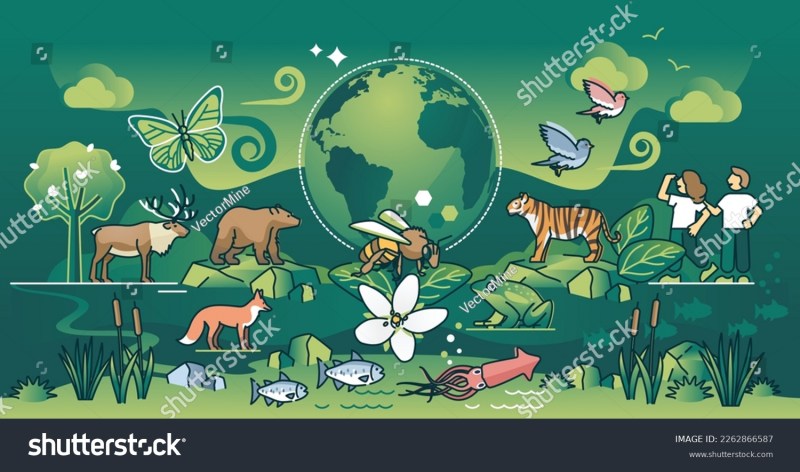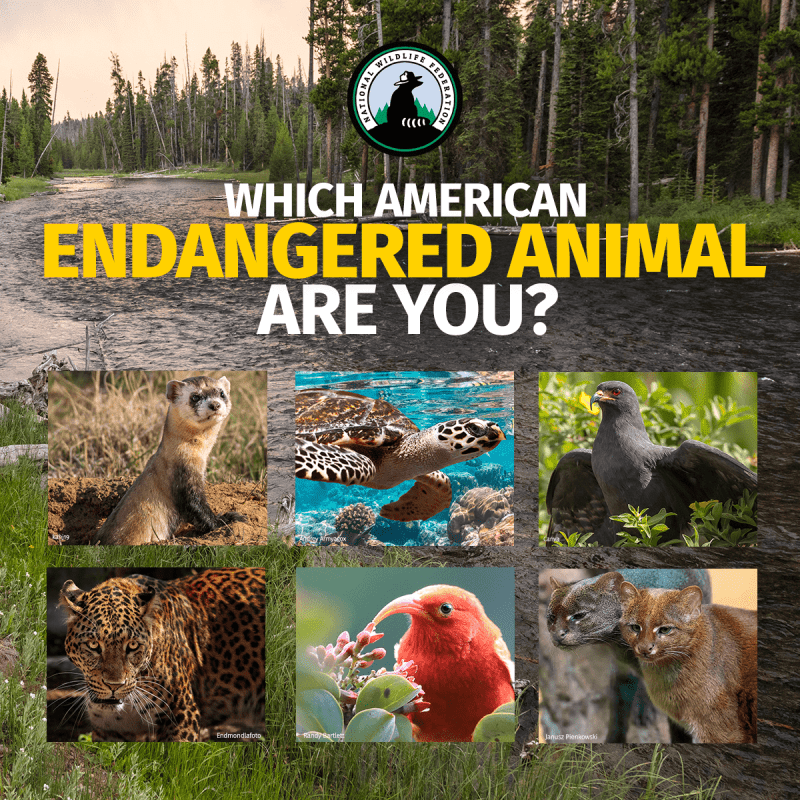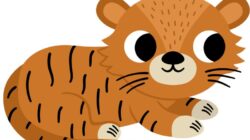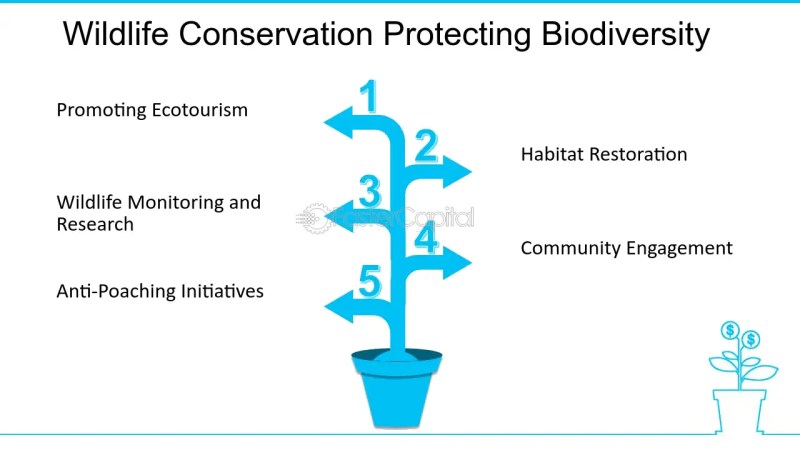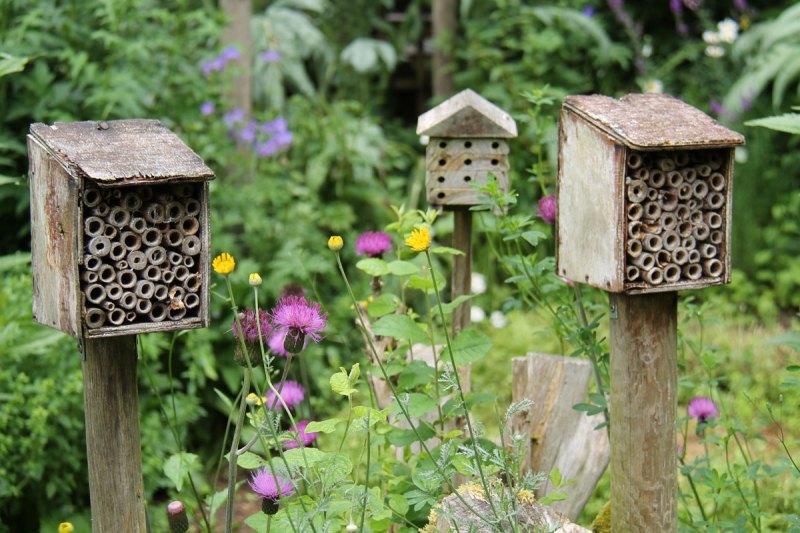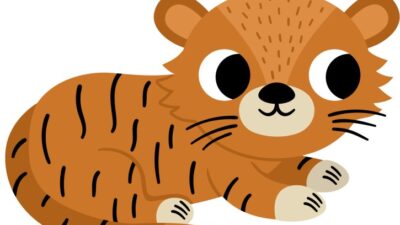The world lost its last Tasmanian tiger on September 7, 1936, when it perished in captivity by itself. This sad incident signaled the end of a native Australian species that had been driven exterminated by habitat loss and official hunting permits. Many domestic animals are now classified as vulnerable or endangered, over 90 years later, underscoring the need to learn from the past and take immediate action to safeguard our species.
Table of Contents
ToggleThe Alarming Decline of Australia’s Wildlife
Australia has an issue with its animals. Although many native species are treasured by people in Australia and across the world, their numbers are quickly falling. Even well-known creatures like koalas, who have received a lot of attention for conservation, are now considered endangered. The predicament of the koala serves as a sobering reminder that human activity poses a threat to even the most lovable and endearing of animals.

A increasing movement of kind people who are dedicated to bucking this tendency is in reaction to these difficulties. These individuals understand how crucial it is to make sure that wildlife and agricultural animals can coexist peacefully with people.
The Plight of Dingoes and Other Native Species
Australia’s wild dogs, known as dingoes, are seriously threatened by the ongoing loss of their habitats. Government-sponsored operations include killing, poisoning, and trapping dingoes, even though they are protected in some regions. One instance of how domestic animals are being driven to the verge of extinction is this deliberate slaughter.
The main causes of animal decrease are overexploitation and habitat degradation, both of which have a direct impact on our present food chain. Numerous species on the 28,000-strong International Union for Conservation of Nature (IUCN) Red List are in danger of going extinct because of aquaculture and agriculture. Trillions of marine species are removed from the waters each year, and large numbers of animals are reared for slaughter.
The Impact of Agriculture on Wildlife
Given that agriculture occupies half of the world’s livable area, the agricultural sector has a substantial influence on wildlife. Raising animals takes up more than three-quarters of this area, which is disastrous for many species. The habitats and food supplies for domestic animals like the critically endangered flying fox and koala are diminished when land is plowed for grazing and agricultural development. Furthermore, vulnerable marine animals like sharks and rays are indiscriminately caught by large-scale fishing operations using giant nets, severely threatening these species.
For example, the native Australian species known as the brown-headed flying fox is essential to the regeneration of forests and the upkeep of healthy ecosystems. But as a result of the fast reduction of their natural habitat brought about by human development, their number is declining. Unfavorable climatic conditions and habitat degradation are the biggest dangers facing flying foxes. When these animals become stuck in fruit trees or are hunted by landowners who have state permissions, many of them suffer injuries or even die.
Exploitation of Protected Species
Wildlife exploitation goes beyond the devastation of habitats. To preserve business interests, even protected species have occasionally been targeted. For example, the fishing industry uses toxic explosives to keep seals away from fish farms, and dingoes may be shot or poisoned. The fauna of Australia faces far greater threats from these activities.

Our capacity to more properly share the earth will determine how long these priceless creatures survive. A large portion of this obligation is to alter our perspectives on and habits around eating. A new Oxford University study revealed that, more often than not, the daily food decisions we make have a significant influence on the environment.
The Role of Land Use in Species Decline
Grazing animals like cattle and sheep have been highlighted as the main perpetrators in the habitat loss of Australia’s land animals. The great majority of agricultural land is utilized for cattle grazing, even if habitat degradation is also a result of land removal for urban growth and mining.
Once exploited for their fur, koalas are seriously threatened by habitat loss brought on by deforestation, plantation growth, and harsh weather. The koala’s conservation status in Queensland, the Australian Capital Territory, and New South Wales was raised from “vulnerable” to “threatened” by the Australian government in 2022.
In terms of food production efficiency, this sector is inefficient despite the enormous quantity of area devoted to cattle. Although cattle occupy 77% of the world’s agricultural land, they only provide 37% of the world’s protein and even less calories. This inefficiency implies that, especially when taking the environment into account, raising animals for food is not the most efficient use of land.
The Global Impact of Livestock Farming
There are 78 million sheep and an estimated 28 million cattle in Australia, all of which need space for grazing. Furthermore, crops are necessary for the sustenance of pigs and poultry, who are frequently housed on intensive farms. The main purpose of soybean farming, which has drawn criticism for its role in global deforestation, is to supply feed for animals raised on farms all over the world.

According to a 2018 research on the environmental effects of food production, a shift to a plant-based diet might result in a 75% reduction in the amount of agricultural land used worldwide. This change would provide animals the much-needed room to flourish in addition to improving our ability to feed the human population.
The Threats to Marine Life
The marine life is also seriously threatened by the fishing industry. Trillions of fish suffer and perish every year as a result of suffocation after being dragged out of the water or being entangled in nets. As a result of being often grabbed as bycatch, non-target marine creatures like sharks and rays see a further decline in population.
Currently, a third of the shark, ray, and chimaera species face extinction, yet this threat offers little in the way of actual protection. During fishing operations, more than 99% of shark species are killed for their flesh, fins, and oil, or as bycatch. Apart from these risks, sharks are also killed in popular coastal locations by longlines and shark nets, even though they don’t really constitute a threat to people.
The timid sea mammal known as a dugong, which is closely related to elephants, is especially susceptible to habitat loss and water pollution. Although these gentle giants have a lifespan of over 70 years, they are particularly vulnerable to dangers from human activity due to their poor reproduction rates.
The Role of Climate Change and Conservation Efforts

Many species, including those that are already endangered, are facing greater dangers as a result of climate change. For instance, commercial fishing has severely reduced the population of hammerhead sharks, which hunt for food using their large eyes and unique sense organs. Another endangered species, sawfish, have lost almost half of their habitat globally and are especially vulnerable to fishing industry gillnets and trawlers.
In addition to endangering natural marine species, the salmon farming sector shoots or kills protected seals to further its own financial objectives. Even though it is portrayed as being environmentally benign, fishing kills non-target species as by-catch, pollutes the ocean with plastic waste from fishing, and captures wild fish to feed farmed fish, all of which contribute to the deterioration of marine ecosystems.
Rethinking Our Relationship with Animals
Generations before us have formed our attitudes about animals, which has led us to label certain species as “friends” that should be preserved, “pests” that should be eradicated, or “food” that should be eaten. But this kind of thinking is unsustainable if we want to live in harmony with the wide variety of creatures that inhabit our world.
We can safeguard endangered species and guarantee a healthier, more sustainable future for everybody by reconsidering our connection with animals and making better dietary choices. If we are to confront the extinction catastrophe that has over a million species on the verge of going extinct, this change in viewpoint is imperative.
- Wildlife Conservation Initiatives: A Critical Overview - September 4, 2024
- 3 Program Endangered Species Protection - September 4, 2024
- Threatened Wildlife Species in 2024 - September 4, 2024

